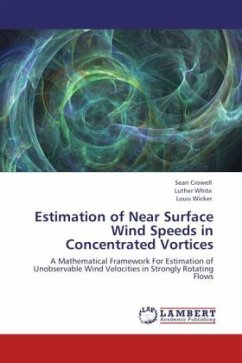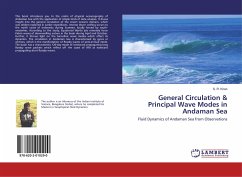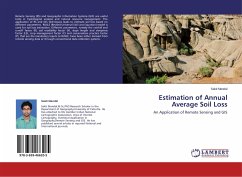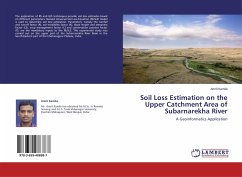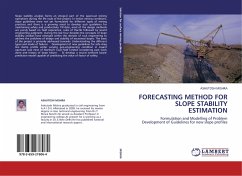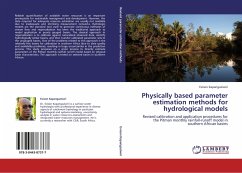Modeling studies consistently demonstrate that the most violent winds in a tornadic vortex occur in the lowest tens of meters above the surface. These velocities are unobservable by radar platforms due to line of sight considerations. In this work, a methodology is developed which utilizes parametric tangential velocity models derived from Doppler radar measurements, together with a tangential momentum and mass continuity constraint, to estimate the radial and vertical velocities in a steady axisymmetric frame. The methodology yields good estimates when the tangential vortex model is a good approximation to the actual tangential wind field. Interestingly, there are regions of the unobservable portion of the domain that do not communicate with the region above through the reduced dynamics. These regions are explored, and different variational procedures for estimating solutions on these regions are discussed. A probabilistic method is utilized to quantify how uncertainty in the vortex model parameters translates into the retrieved radial and vertical velocities, and the resulting improvement in estimations using ensemble statistics is discussed

